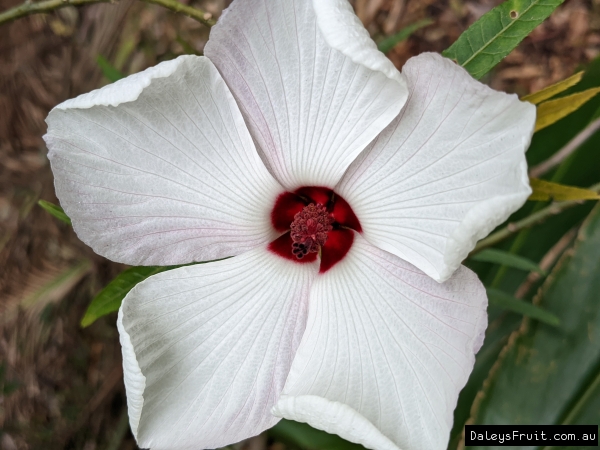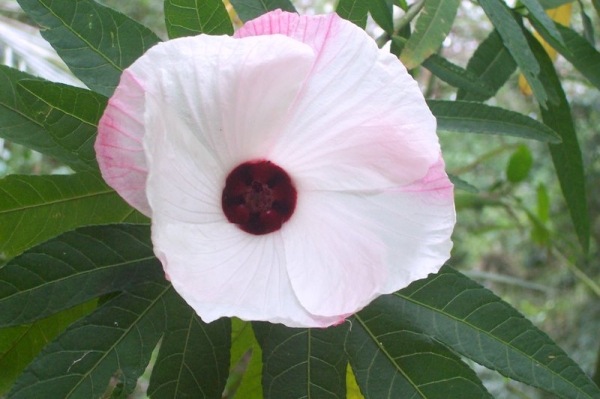Native Rosella
Hibiscus heterophyllus$4.90 ($4.90-$14.75 choose a size)
When will it be in Stock?
We previously had the most to buy in Dec and Sep. With limited quantities for sale in other months. They are unlikely to be available in Jan and Feb. Remember to click above to get notified when it is available once more.
Specifications of Native Rosella
Preferred Climate SubtropicalLearn About Climate Zones
Grown From SeedlingLearn About Propagation Methods
Max Height (when in the ground with good conditions) 1-2m
Can it Handle Frosts? Yes
Amount of leaves in Winter? All Leaves (Evergreen)
Quarantine Restrictions to these Areas WA
Water Requirements Moderate Watering
Is it a Dwarf Fruit Tree? No (Full Size)
Time to Fruit/Flower/Harvest 2-3 Years
Sun or Shade Full (Sun:80%-100%)
Preferred Soil Type Good Drainage
Soil pH Moderately Acidic (5.5-6.5), Neutral (6.6-7.3pH)
Fruiting/Harvest Months January, February, March, October, November, December
Customers also bought
These plants are often purchased together. Also check plant information for suitability in your orchard.
Banana - Ducasse
$21.00 ($21.00-$49.00 choose a size)
Lilly Pilly - Broad-leaved
$12.75 ($4.90-$18.75 choose a size)
Jacaranda Purple
$14.90 ($4.90-$14.90 choose a size)
Fig - Rusty
$4.90 ($4.90-$18.75 choose a size)
Hoop Pine
$4.90 ($4.90-$29.00 choose a size)
Customer Tips & Reviews Native Rosella
POTTSVILLE BEACH, NSW, Australia
Love these yummy flowers , love stewing with Apple and rhubarb . I grow about 6 a year in large self watering pots , because they are thirsty . I use the root mat afterwards to line my hanging pots . One day will grow extra and try jam.
Toowong, QLD, AUS
we plant 6 plants each year. Yield is good. We make jam from the calix after flowering. The flowers are very attractive. Since we learned the trick of using an apple corer to remove the calix from the seed , jam making is much faster!





























